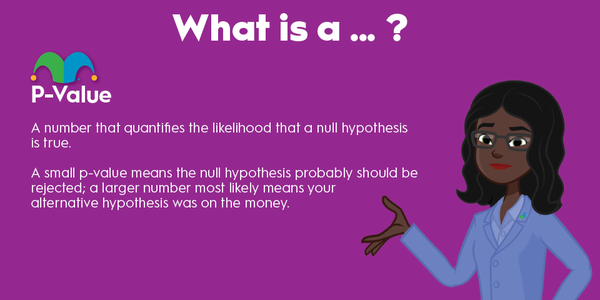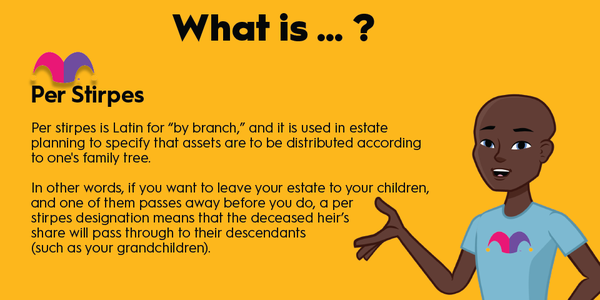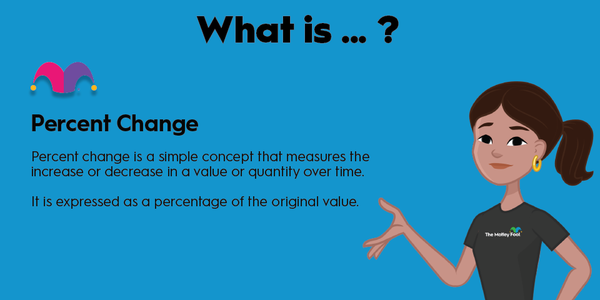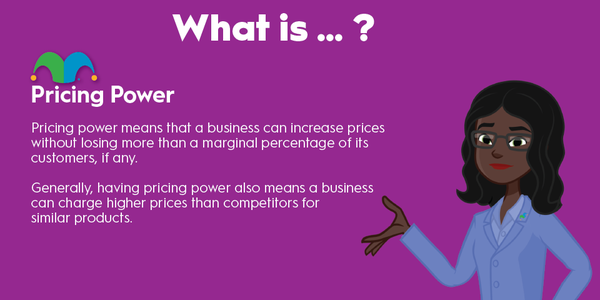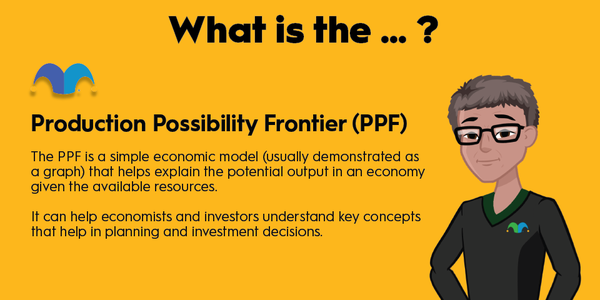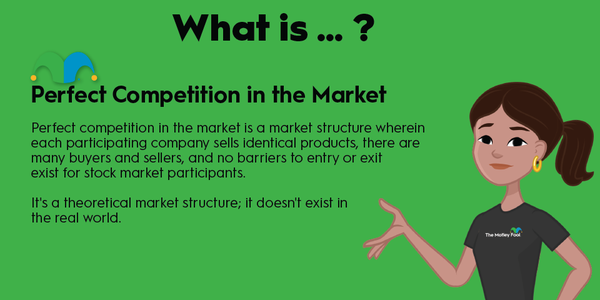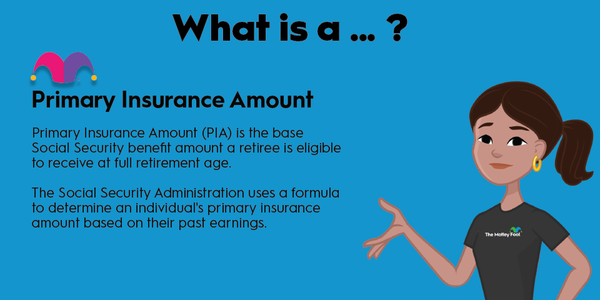Want to know how much money a company has raised by selling its stock shares? Paid-in capital is your answer, and you can find it on the shareholders equity section of a corporate balance sheet.
Read on to learn the nuances of paid-in capital and how it relates to other shareholders equity line items like additional paid-in capital, retained earnings, and treasury stock.

What is paid-in capital?
What is paid-in capital?
Paid-in capital is the total funding a company has received by selling its stock shares. There are two components to paid-in capital: par value and additional paid-in capital.
Par value is a stock's stated value per share. In practice, this amount isn't terribly meaningful since companies commonly set par value at $0.01. There can be legal implications for companies and their shareholders if a stock's market value dips below its par value. So the nominal par value of $0.01 is a strategy to avoid those problems.
Additional paid-in capital is the aggregate amount shareholders paid for the stock in excess of par value.
As an example, let's say Widget Company issues 100 shares of stock with a $0.01 par value. The company then sells those shares for an average share price of $100, raising $10,000. In this case, the paid-in capital is $10,000, the par value is $1, and the additional paid-in capital is $9,999.
Paid-in capital is also called contributed capital. And additional paid-in capital is also known as capital in excess of par value or capital surplus.
Paid-in capital's relevance to investors
Paid-in capital's relevance to investors
The composition of a company's capital affects its financial health, its flexibility to pursue growth initiatives, and its cost of operations. Often, capital structure analysis focuses on the company's use of debt vs. equity. But the components of equity have significance, too.
Those components are, primarily, paid-in capital and retained earnings. As noted, paid-in capital comes from shareholders. This value changes when the company issues new stock or repurchases stock from shareholders. Fluctuations in the stock's price on the secondary market do not affect the company's paid-in capital balance.
Retained Earnings
Retained earnings, on the other hand, is funding generated by ongoing operations. This value, also known as earned capital, is accumulated business profits that are reinvested into the business.
As you might guess, younger companies can have high paid-in capital balances coupled with low to no earned capital. A company can survive that way, but not forever. Prospective investors, at some point, will become less interested in new stock issues unless the company can prove the business model generates profits.
On the flip side, proven and mature stocks should have far more retained earnings than paid-in capital. Note that cash dividends reduce retained earnings. Stock dividends reduce retained earnings and increase paid-in capital.
Common stock, preferred stock, and treasury stock
Common stock, preferred stock, and treasury stock
Diving deeper into paid-in capital, you may see balance sheets that include line items for common stock, preferred stock, and treasury stock. Here's the rundown on each and how they affect paid-in capital.
If the company has multiple share classes, common or preferred, it may list the par values of each class on the balance sheet -- even for classes that have no stated par value. You might also see the number of shares authorized and issued for each class in those line items.
While companies often break out these par values, the additional paid-in capital line usually includes the aggregate balance across all share classes, common or preferred.
Treasury stock works differently. The treasury stock balance represents shares the company has repurchased from its shareholders. The amount shows as a negative value on the balance sheet, reducing shareholders' equity.
A company can reissue those repurchased shares or retire them. A reissue at a higher price creates paid-in capital associated with treasury stock. Retirement of treasury stock reduces paid-in capital.
Shareholders' equity for McDonald's
Shareholders' equity for McDonald's
A look at McDonald's (MCD 1.7%) balance sheet shows these line items in practice. McDonald's shareholders equity as of March 31, 2023 (unaudited) includes:
| Account | Value (millions) |
|---|---|
| Preferred stock, no par value; authorized – 165.0 million shares; issued – none | -- |
| Common stock, $0.01 par value; authorized – 3.5 billion shares; issued – 1,660.6 million shares | $16.6 |
| Additional paid-in capital | $8,635.5 |
| Retained earnings | $60,235.0 |
| Accumulated other comprehensive income (loss) | ($2,489.4) |
| Common stock in treasury, at cost, 930.5 and 929.3 million shares | ($72,173.8) |
| Total shareholders equity (deficit) | ($5,776.1) |
McDonald's total paid-in capital consists of $16.6 million in common stock par value plus additional paid-in capital of $60.235 billion. The company's preferred stock has no par value and no issued shares. You can also see that McDonald's retained earnings far exceeds its paid-in capital -- which you'd expect given the fast-food chain's long history.
The other notable value here is the treasury stock balance, which tells you McDonald's has invested some $72 billion buying in its own stock. That balance reduces the company's total shareholders equity into negative territory.
Negative shareholders equity means the company has more debt than assets, at least according to the values on the balance sheet. In this case, it also means McDonald's used debt to repurchase shares. That strategy can be justified as long as the debt is easily serviceable, and the share price is reasonable.
To analyze McDonald's aggressive share repurchase strategy further, you'd evaluate the company's debt service coverage ratios and its ability to execute growth plans given the large debt balance.





